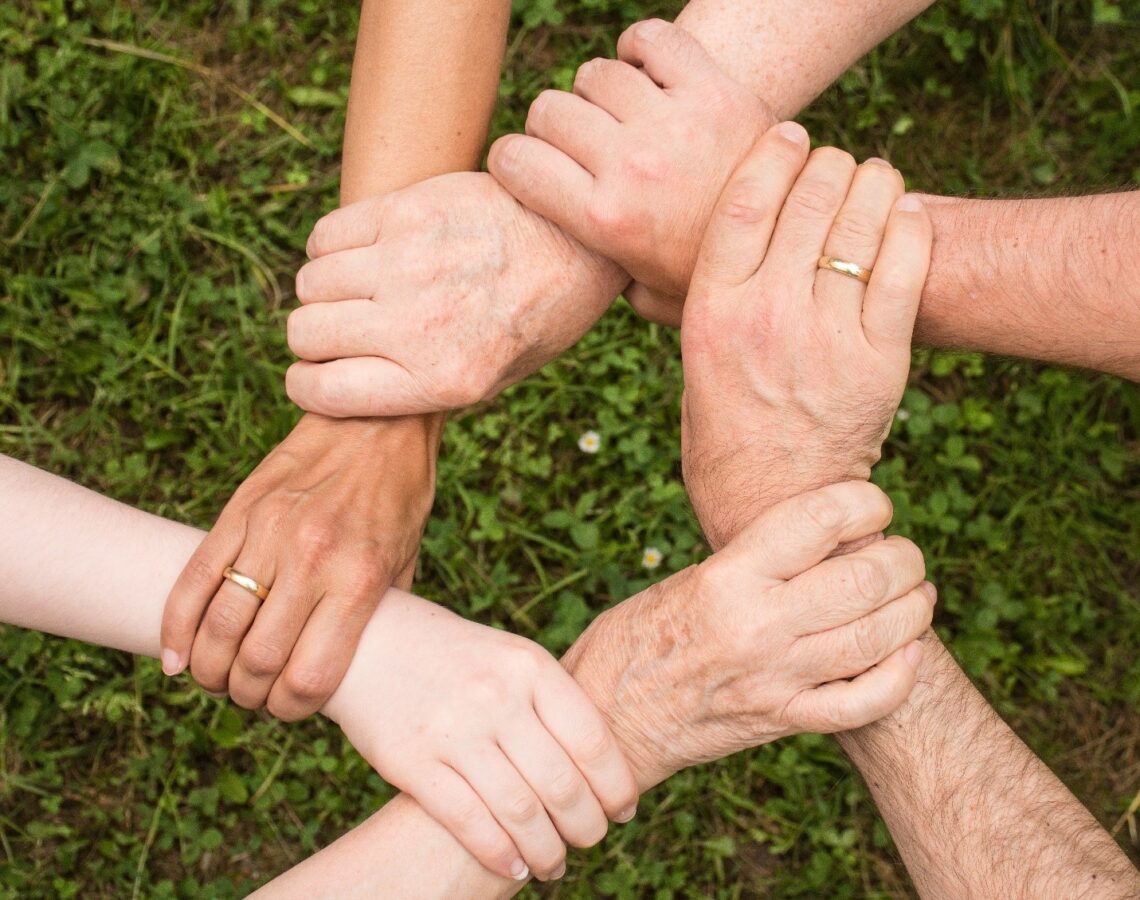Retention Strategies for a multi-generational workforce

The modern workforce is increasingly diverse. In the early 2000s, a younger generation entered the workforce called the Millennials. Now the pattern is shifting again. Millennials are today the middle child, being replaced by the baby generation Z. Never before has there been a greater diversity of needs in the workplace.
One principle remains unchanged: employee needs matter! According to best selling author, Dale Carnegie, “People work for money but go the extra mile for praise, recognition, and rewards”.

Generational Characteristics
Here are just a few differences between the most predominant generations in the workplace. (For further insight into their motivations, values, and work styles click here)
- Baby Boomers’ born between 1946 and 1964, they typically “have high expectations and push hard to achieve goals” and make an impact on the world.
- Generation X-ers’ born between 1965 and 1980 are more cautious and conservative than Baby Boomers who typically have much bolder personality types. Many members of Generation X are highly educated and self-sufficient and are also open to diverse experiences.
- Millennials’ born between 1980 and 1997 are the idealists of the group and have more of an entrepreneurial streak, but “they sometimes lack focus”. They tend to use technology and take advantage of flexible hours to minimize their time doing work in the office.
- Generation Z-ers’ were born between 1995 and the early 2000s. In a current study by the ManpowerGroup will represent 24% of the workforce around the globe by 2020 (this year!). For this population segment, financial security is a priority, as many were born at the time of financial recession in 2008. They are often great multi-taskers and prefer flexible work schedules and are more interested in a company’s mission and culture.

Retention Strategies
Baby Boomers
- A diverse work environment
Baby boomers welcome the opportunity to share different perspectives and work alongside a variety of styles and skillsets. According to Mark Silverman, “they actively swap their knowledge and experiences…” with their teammates, adding to the positive atmosphere of any work environment.
- Great Health benefits
Chief Human Officer, Marcel Schwantes, says that the motivation for receiving health benefits is enough to make Baby Boomers delay their retirement. Baby Boomers are also returning to work because the price of health insurance is rising, and Baby Boomers want to avoid using their retirement savings to pay for healthcare.

Generation X
- Leadership opportunities!
GenXer employees form the bridge generation between Millennials and Baby Bloomers. As a manager or leader for any organization, they can better understand and harness the strengths that both junior and senior team members bring. They are also keen to know that their chosen company is a leader in its respective industry.
- Freedom!
The X Generation values the autonomy to embrace their natural entrepreneurial spirit within their role in an organization; without micromanagement they can produce the best outcomes. Current research shows that 70% of Generation X prioritize autonomy [within their organization], “80% report that is because they value having control over their work.”

Millennials
- Humanitarian causes
Millennials feel strongly about humanitarian causes and are passionate about having an impact “in and outside of their workplace”. In the recent Deloitte Millennial Global Survey, researchers discovered that organizations that have involvement and promote “charitable causes” generate a feeling of creating meaningful change. The folks at Toggl, a productivity software platform, suggest coordinating a food drive or recycling campaign at work.
- Collaborative culture
Millennials enjoy feeling part of a community-type work environment. Studies cited by Toggle demonstrate that millennials prize a collaborative culture that encourages team building games. One idea is to create teams that focus on “larger projects or specific verticals”. Another great way to encourage teamwork is adopting tools such as Google Docs, Trello, or Github.
Retaining a Multi-generational Workforce
The workplace should never be a one-size-fits-all environment. As owners or C-level executives retaining your best employees should be priority number one. They are the backbone, without which your company will fall. You may ask how do I make everybody happy all the time? It is impossible! Sure, but it is worth laying down the foundation for a collaborative culture that millennials treasure. And provide leadership opportunities for Generation X. By meeting the needs and desires of your employees, you will no doubt see the benefits, both now and in the future.
